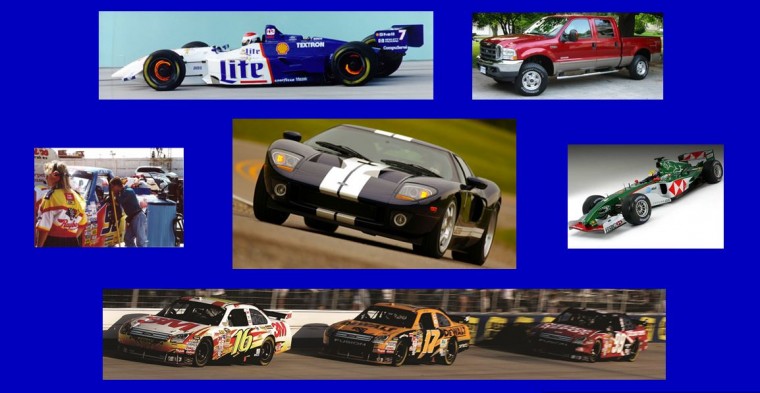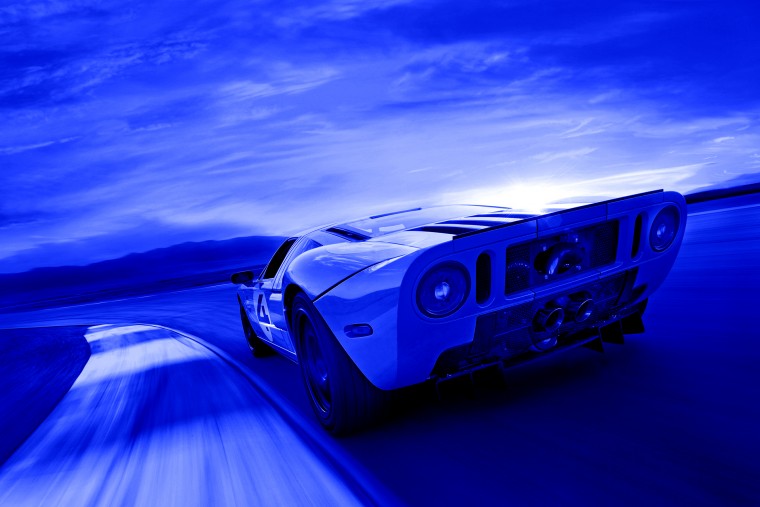Scott Ahlman
Scott Ahlman, President of Ahlman Engineering, Inc, with 20 years of automotive industry experience, leads Ahlman Engineering automotive product development and motorsports engineering services.
Scott’s passion for automotive engineering was evident since he was 8 years old. His first grade school report was on Henry Ford and the Horseless Driven Carriage. From go-kart design and build with his father, growing up attending races at Road America, to 3 years of design classes in junior high and high school, his passion and aptitude were evident.
Ahlman is a University of Wisconsin-Madison alumnus receiving a B.S. in Mechanical Engineering. An undergraduate highlight included being co-captain of UW-Madison’s successful Formula SAE team. Years later at the Massachusetts Institute of Technology, Scott received an M.S. in Engineering and Management in the System Design and Management program with an emphasis in system architecture.
Ahlman is very fortunate with an inherent passion and ability for automotive product development. Upon graduation from the University of Wisconsin-Madison, Ahlman spent 12 years at Ford Motor Company in chassis design, vehicle dynamics/ride and handling development as well as a system engineer. Scott’s experience at Ford ranged from light truck product development and a year in the NASCAR Craftsman Trucks Series, to 6 years with Ford Racing in the open wheel CART ChampCar racing series as the vehicle dynamicist for Team Rahal. Ahlman contributed to 9 wins and a second place in the Championship. He also spent a little time helping Ford's Formula 1 Team at the time. Ahlman’s success and reputation in the premier racing series earned him a lead role for chassis design, vehicle dynamics and system engineering/architecture of the 2005 - 2006 Ford GT 200 MPH Supercar. The Ford GT was a project of a lifetime.
In 2006, Ahlman left Ford Motor Company and started Ahlman Engineering, Inc. Ahlman initially focused on racing with chassis/vehicle dynamics engineering support in the Indy Racing League for Rahal Letterman Racing. Ahlman spent 7 years leading the Roush-Fenway Racing NASCAR Sprint Cup chassis/vehicle dynamics and systems engineering/optimization through an independent contract with Ford Racing. Ahlman and his teammates at Roush Fenway Racing made significant contribution to 30 NASCAR Sprint Cup Wins including two 2nd place finishes in the Championship. Ahlman was the recipient of the 2007 “Jack” Roush MVP Award.
In 2013, Ahlman Engineering started a new relationship with Honda Racing (Honda Performance Development). Ahlman Engineering is a key contributor to Honda's IndyCar vehicle dynamics development program.

Marcus Marty
Marcus Marty, Vehicle Dynamics Technical Specialist/Manager at Ahlman Engineering leads physics development and managing of the vehicle dynamic application engineers. Marcus has 10+ years of vehicle dynamics experience in the top tier motorsports series.
Marcus’ passion for engineering was evident at a very young age when he was more interested in taking toys apart and reassembling them to understand how they worked than he was in actually using them. Marcus took that passion to the University of Wisconsin-Madison to get his B.S. in Mechanical Engineering. While at UW-Madison he joined the Formula SAE team. The Formula SAE team is where Marcus started his interest in vehicle dynamics and where he started utilizing vehicle dynamics software in 2002. The highlight of his Formula SAE experience was leading the Suspension/Vehicle Dynamics group and being the Technical lead on the team. In his last year on the Formula SAE team they won the International FSAE Championship competition in Detroit, MI.
Marcus started his career at Roush Fenway Racing (RFR) where he spent over 6 years working with Scott Ahlman applying vehicle dynamics to the race car. While at RFR, Marcus focused on applying system engineering and optimization to the development of race car setups. Marcus also developed many processes while at RFR to drastically improve the application of vehicle dynamics to the race car in the fast pace of a race weekend. Marcus made significant contributions to 36 race wins and two 2nd place championship finishes while at RFR.
In 2014 Scott Ahlman brought Marcus on to lead the application of Vehicle Dynamics in the IndyCar Series. For the first 2 years, Marcus was assigned with Andretti Autosport to help the team apply vehicle dynamics software to aid in the development of the race cars. Marcus made significant contributions to 5 IndyCar race wins including the Indianapolis 500. At the end of 2015 Marcus was tasked with leading the development of the physics model and leading the application engineers at two IndyCar teams.
Trevor Takaro
Some of Trevor's first memories are building cars with Lego Duplo and riding in his dad's 1965 Alfa Romeo Giulia convertible. By high school, Trevor had a strong interest in physics and was learning to work on his first car.
When he saw the Formula SAE racecar at Oregon State he was hooked. While pursuing his B.S. and M.S. in Mechanical Engineering, Trevor was heavily involved in the team, starting in suspension mechanical design and sponsor relations then working up to Technical Director and Vehicle Dynamics lead. Throughout his tenure the team made history, becoming the first internationally collaborative Formula SAE team in partnering with the German university Duale Hochschule Baden-Württemberg (DHBW) Ravensburg to form Global Formula Racing (GFR). The team was immensely successful, winning 16 Formula SAE and Formula Student competitions around the world. In support of his M.S. Trevor also advised students at DHBW and Oregon State's Baja SAE team on component design, design for manufacturability, vehicle dynamics and testing.
At Ahlman Engineering, Trevor worked with Schmidt-Peterson Motorsports, doing vehicle dynamic modeling with a focus on dampers and inerters. Driver James Hinchcliffe was on pole for the 100th Indy 500 and won the 2017 Grand Prix of Long Beach.
